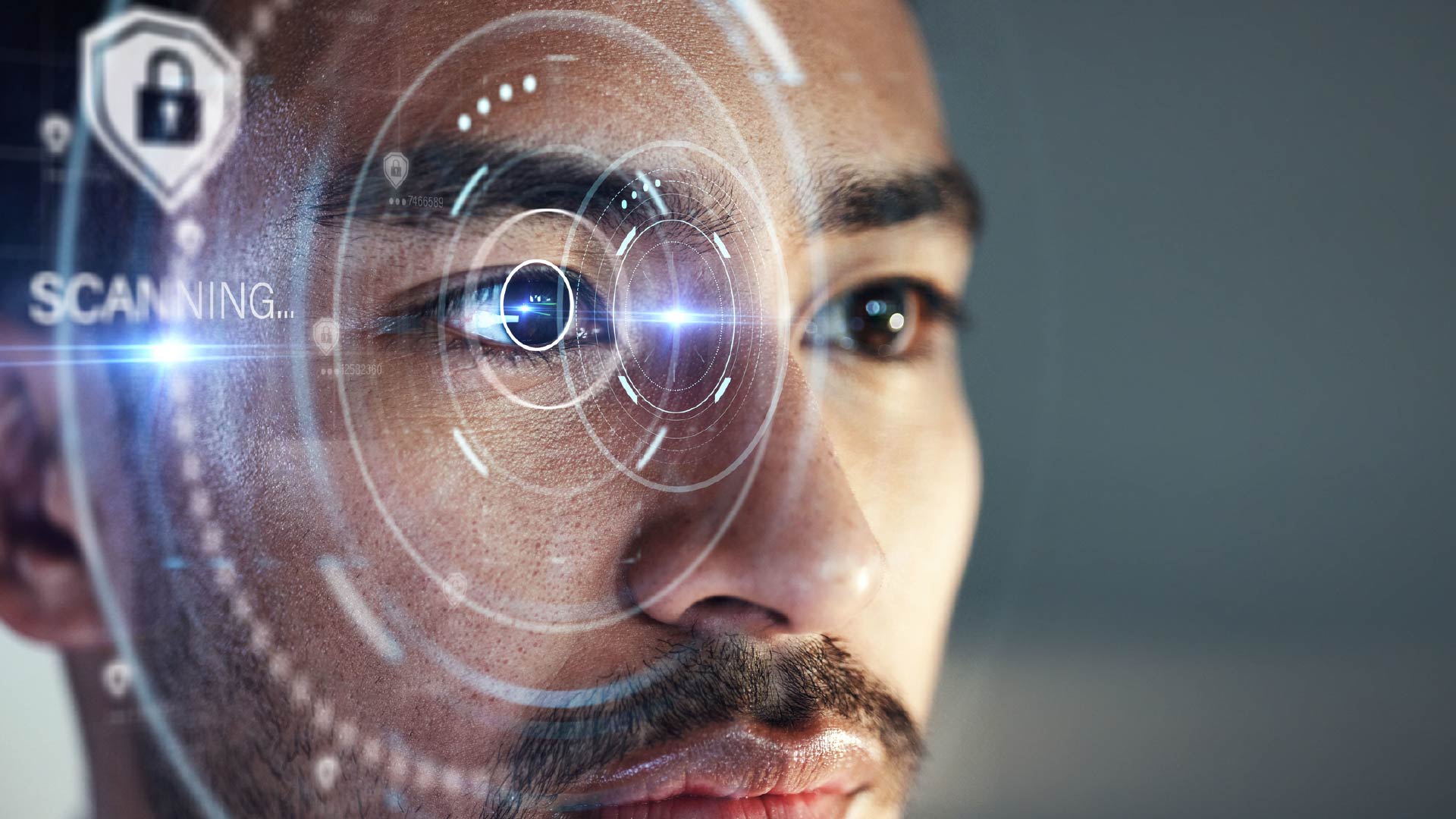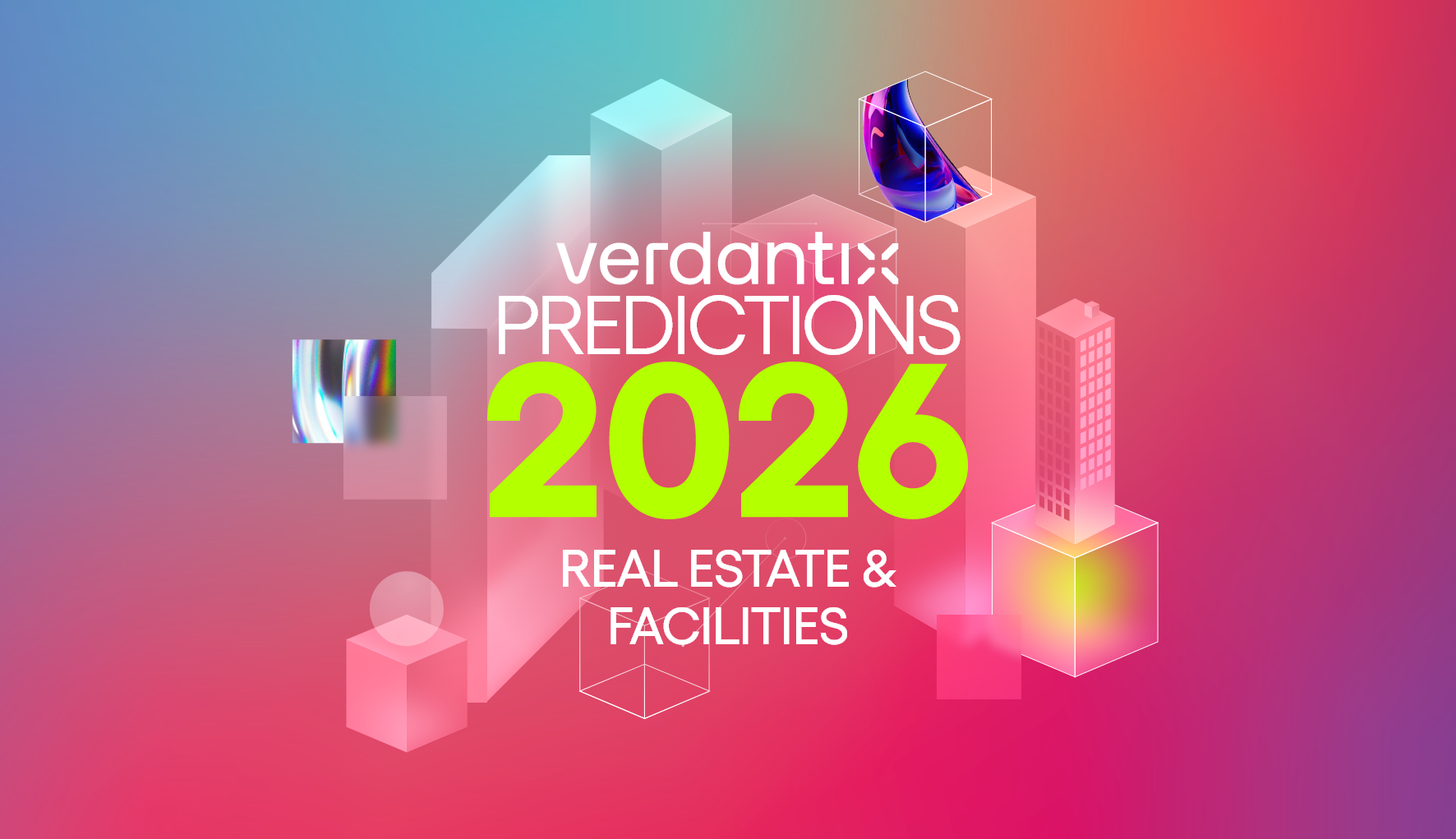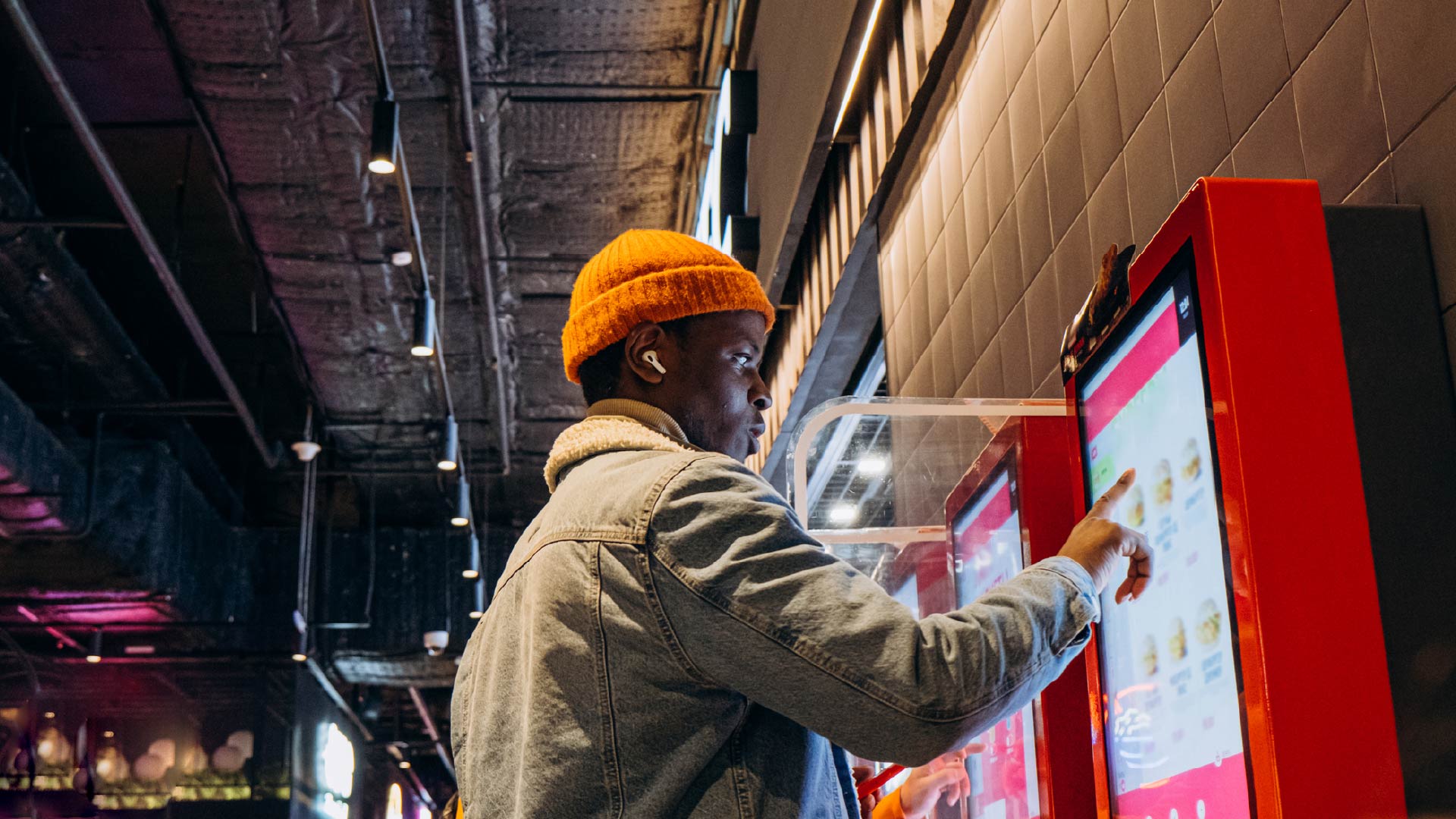The ‘Concrete Jungle’ Goes Digital: Insights From New York Build 2025 And The New York Building Intelligence Group
The energy was electric at New York Build 2025, held on March 12 and 13 at the Javits Center in Hudson Yards. With over 500 exhibitors and a diverse crowd, ranging from contractors and asset managers to government leaders – and even some robots – the event was a prime opportunity to discuss the latest developments in the industry.
The air buzzed with conversation about emerging trends in sustainable construction and the evolution of urban development. Digital transformation took centre stage, with sessions highlighting the adoption of digital twins and IoT-enabled smart buildings. New York City, the ‘concrete jungle’, was the perfect setting for conversations about ‘smart’ infrastructure. Its fast-paced, ‘go big or go home’ energy mirrored the conference’s consensus perfectly: innovate or get left behind.
Let’s dive into two major takeaways from the event:
The industry’s ‘smartest buildings’ operate on a software timescale.
Smart buildings are no longer a novelty. Today, most buildings incorporate intelligent controls for lighting, heating and security. Panelists emphasized that real progress lies in a building’s ability to operate on a software timescale rather than a hardware one. The 'smartest buildings' can quickly adapt and optimize their operations through software updates or adjustments, eliminating the need for costly hardware changes or physical upgrades. This shift makes buildings more flexible and responsive to growing demands for sustainability, energy efficiency and occupant experience. To outpace competition in the long run, buildings will need to utilize ‘digital platforms’, also referred to as ‘data-agnostic digital command centres’ by panelists, to capitalize on whole-building data and real-time granular insights.
Digital twins have barely scratched the surface.
Digital twins were one of the hottest topics at the event, with speakers detailing well-documented benefits and innovative applications. Sustainability managers highlighted the technology’s role in real-time energy monitoring, predictive maintenance and building decarbonization. Designers emphasized how digital twins optimize urban planning and infill projects, while accelerating construction timelines. One engineer shared how his team leveraged a digital twin to model and ultimately construct an entire facility offsite – in under 40 days. However, speakers across sessions agreed that digital twins still have enormous untapped potential. The long-term vision is ambitious: digital twins will enable offsite construction, enhance sustainability and facilitate property sales before a project even breaks ground. Digital twins of cities will be adopted globally, not just in a select few locations such as Singapore and Hong Kong. Building-level digital twins will seamlessly integrate with one another, creating what one panelist fondly called “digital twin inception”, until entire cities are digitally mapped and interconnected.
The third crucial insight from my trip balanced the afternoon’s ambition with the evening’s reflective practicality. In true ‘city that never sleeps’ fashion, the New York City chapter of the Building Intelligence Group and the International Facility Management Association (IFMA) hosted an evening cybersecurity workshop following the conference.
With the cost of cyber crime projected to reach $15.63 trillion by 2029, running cyber-secure buildings was a highly anticipated topic. The event catered to varying levels of cybersecurity knowledge, covering everything from good cyber-hygiene practices to more complex discussions, such as the panel’s scepticism around BACnet SC+. The session ultimately underscored one key message:
Cybersecurity in real estate isn’t just a safeguard – it’s table stakes.
As buildings become hyper-connected, every unsecured system is a potential entry point for cyber-attacks. One breach can devalue a property overnight. In an era where resilience drives investment, secure yet intelligent buildings will be worth more. As digital transformation accelerates, doubling down on the fundamentals, staying ahead of rapid changes, and embracing innovation will separate the leaders from the laggards.
About The Author

Cara Haring
Senior Analyst





